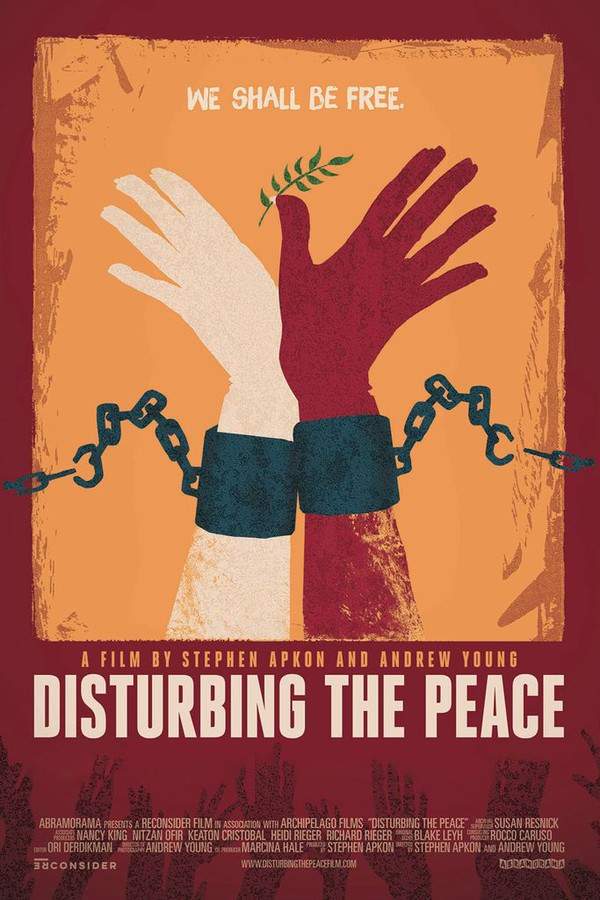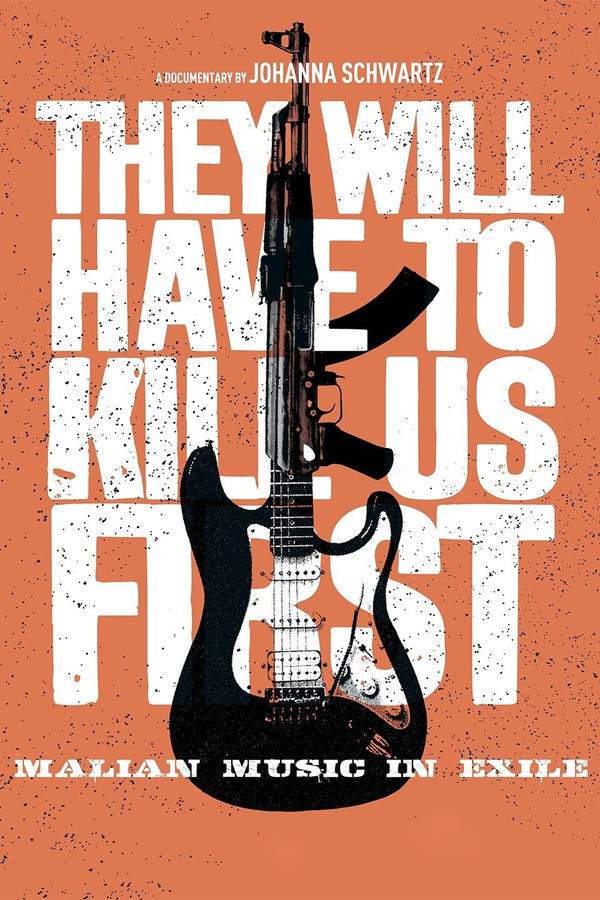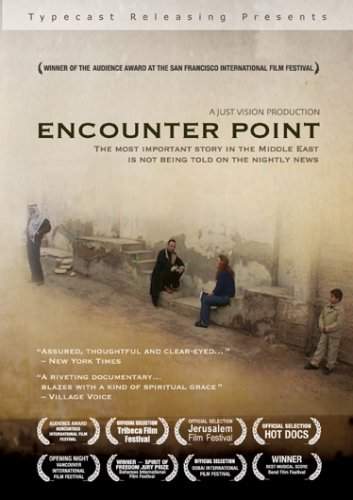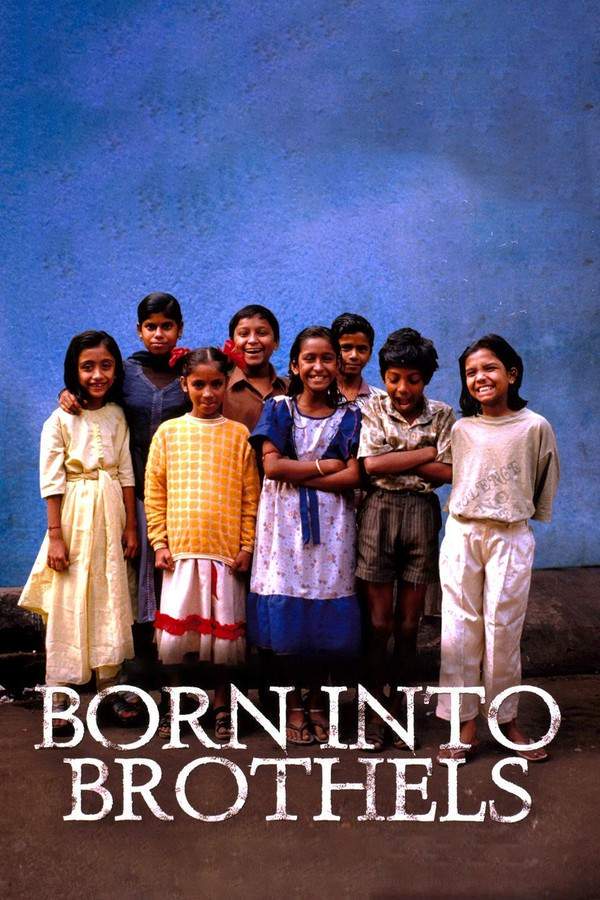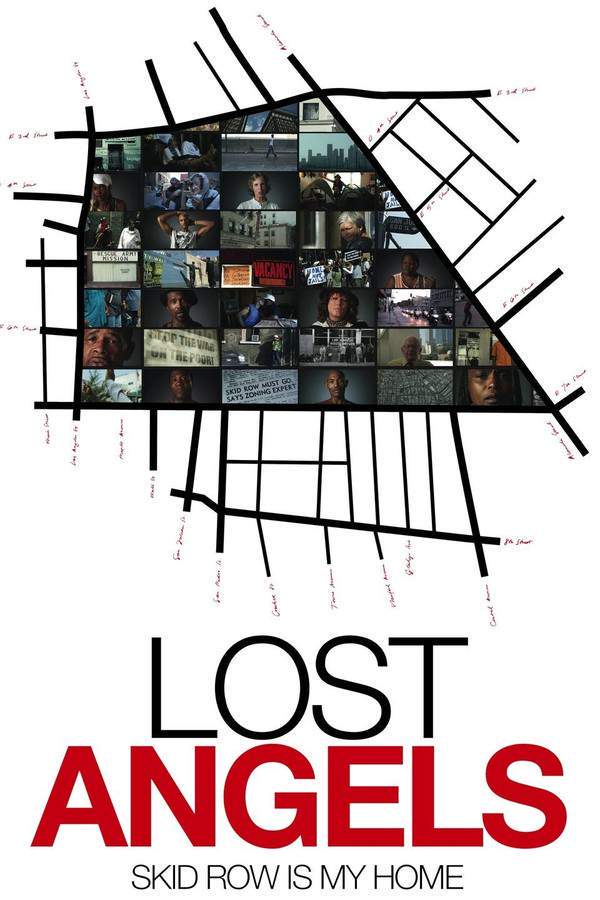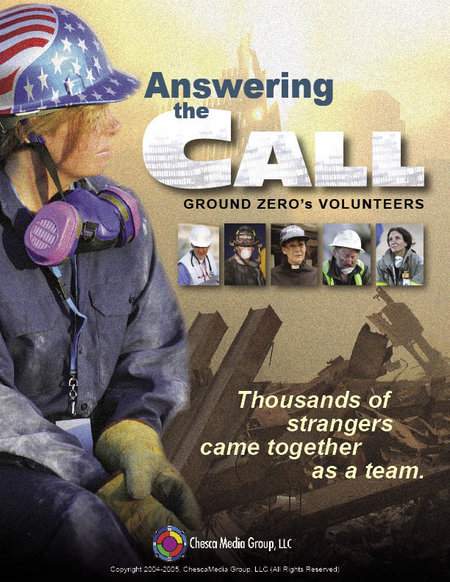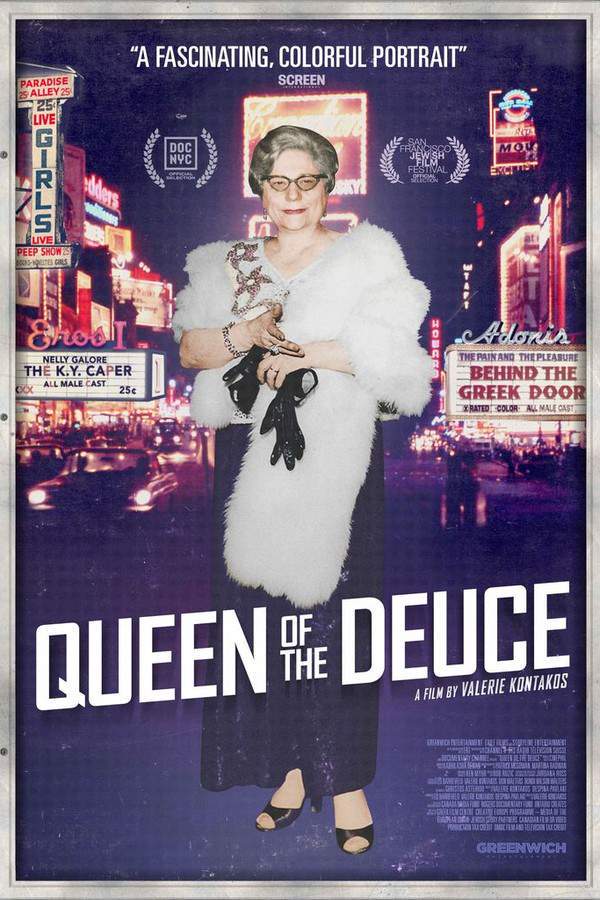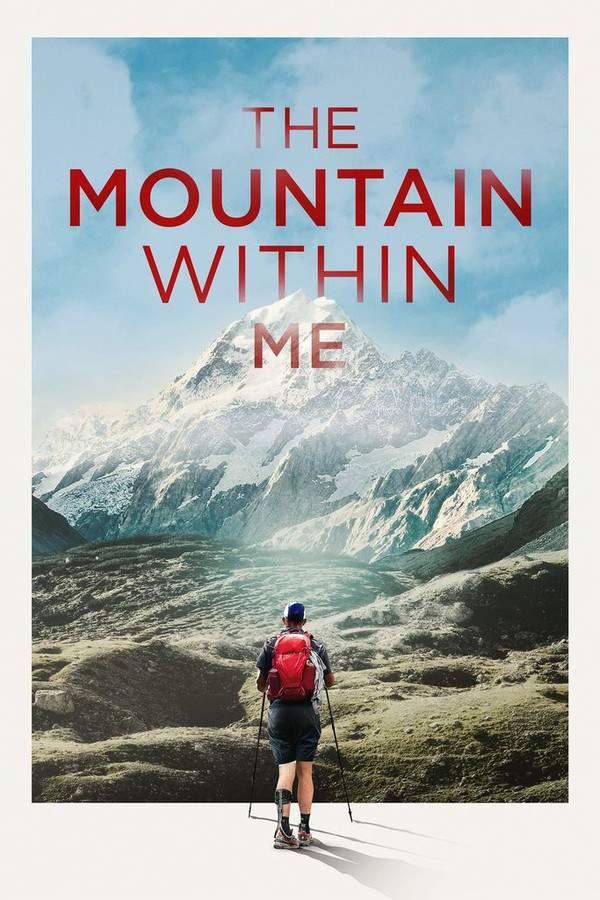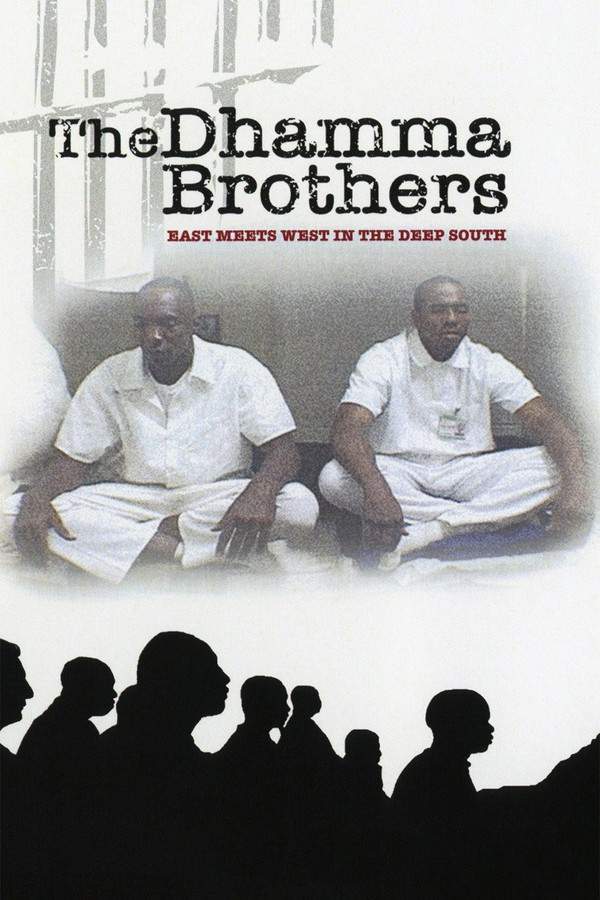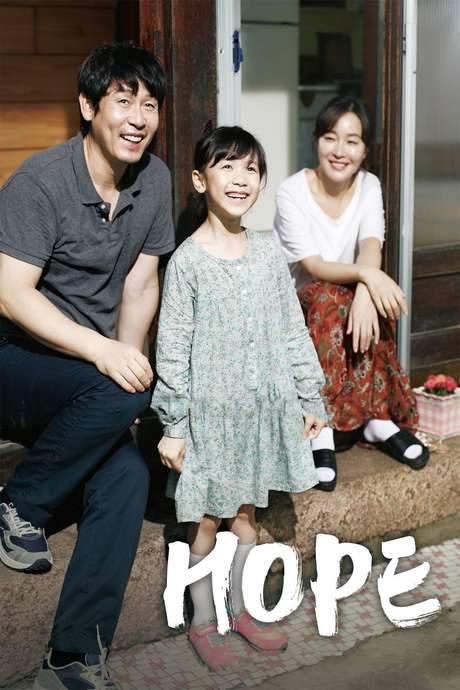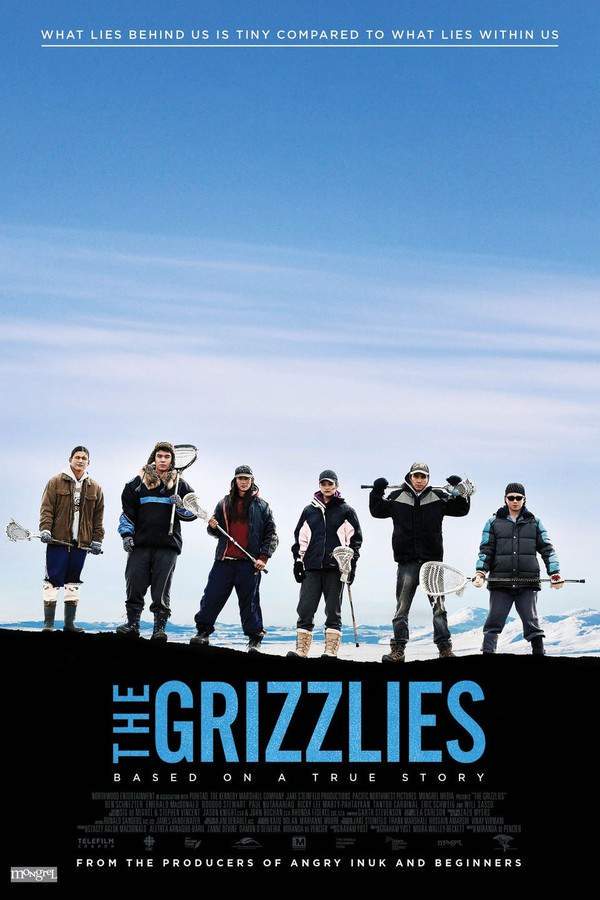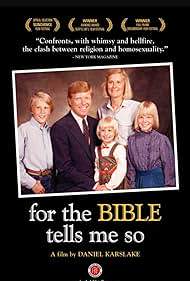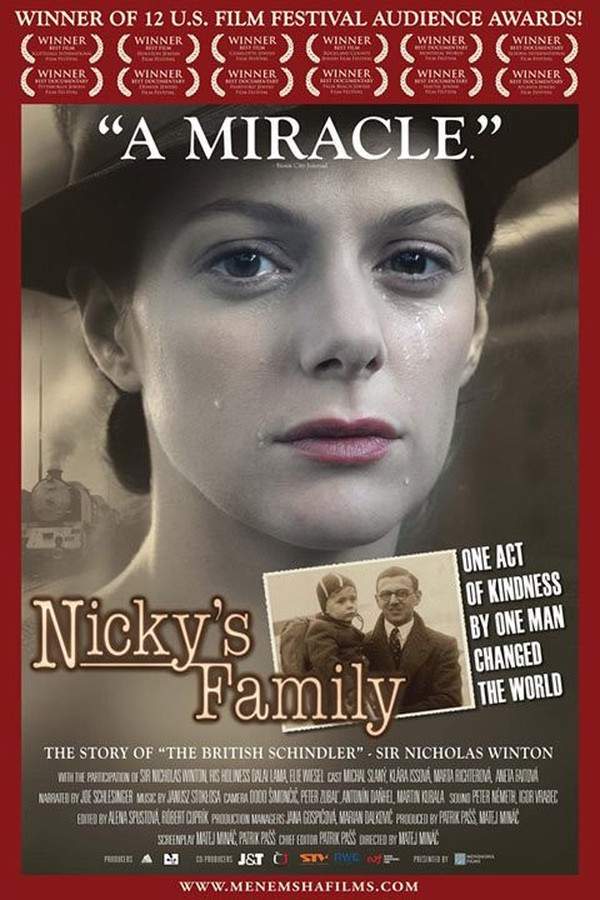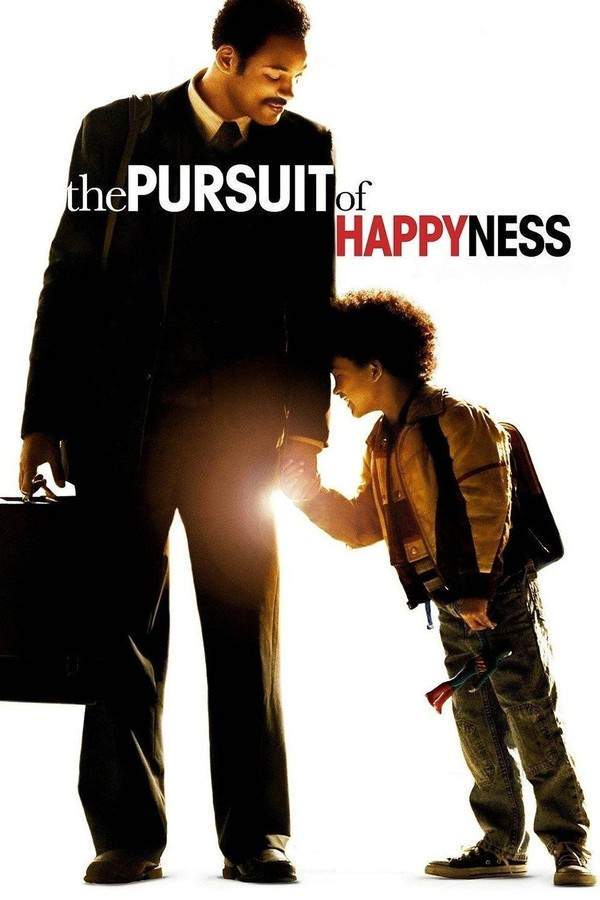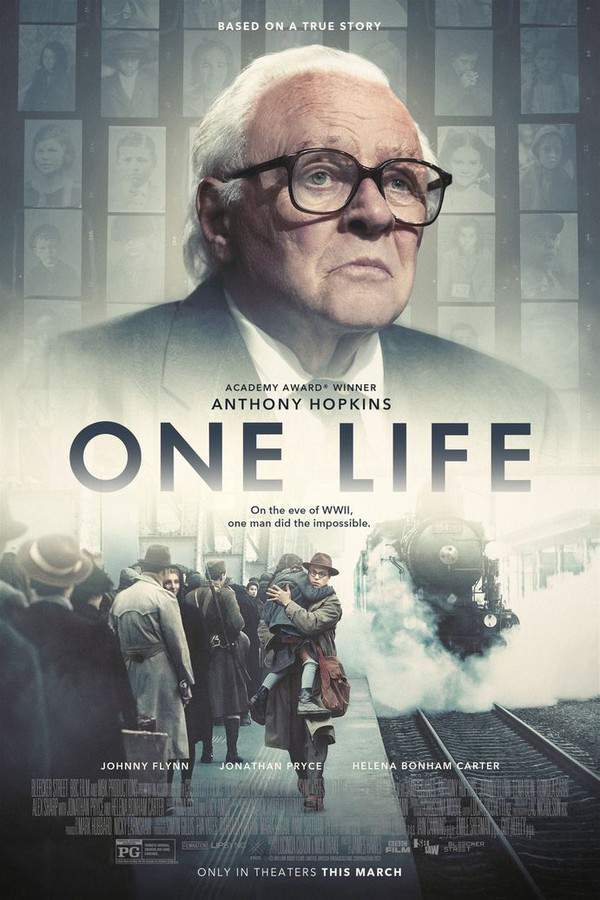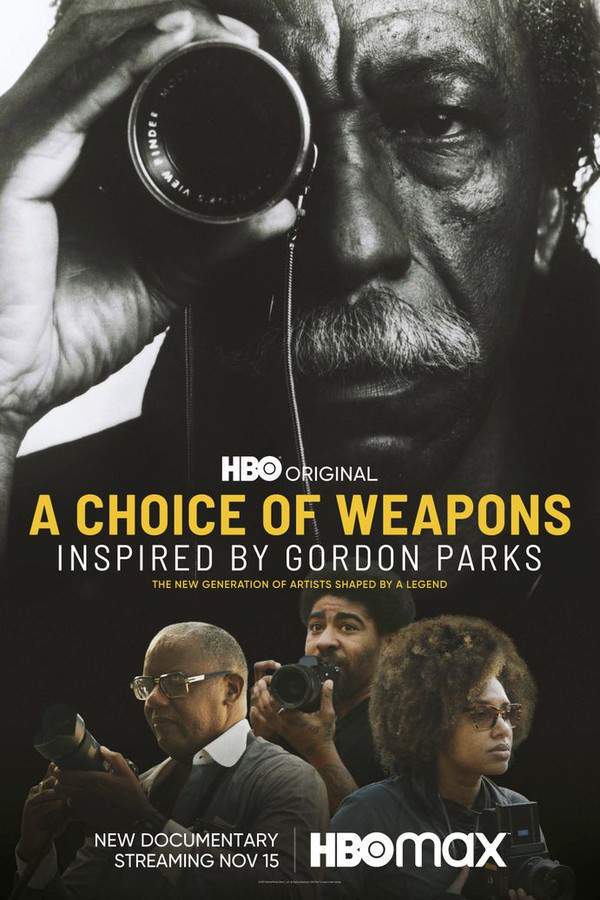
A Choice of Weapons: Inspired by Gordon Parks
Gordon Parks’ extraordinary life and career are explored through gritty realism and unflinching honesty. The documentary traces his journey from staff photographer at LIFE magazine to a groundbreaking filmmaker, novelist, and documentarian. It highlights how everyday Americans became artfully framed portraits, showcasing their resilience and offering glimpses of hope amidst challenging circumstances.
Warning: spoilers below!
Haven’t seen A Choice of Weapons: Inspired by Gordon Parks yet? This summary contains major spoilers. Bookmark the page, watch the movie, and come back for the full breakdown. If you're ready, scroll on and relive the story!
Timeline – A Choice of Weapons: Inspired by Gordon Parks (2021)
Trace every key event in A Choice of Weapons: Inspired by Gordon Parks (2021) with our detailed, chronological timeline. Perfect for unpacking nonlinear stories, spotting hidden connections, and understanding how each scene builds toward the film’s climax. Whether you're revisiting or decoding for the first time, this timeline gives you the full picture.
Last Updated: November 04, 2024 at 01:31
Explore Movie Threads
Discover curated groups of movies connected by mood, themes, and story style. Browse collections built around emotion, atmosphere, and narrative focus to easily find films that match what you feel like watching right now.
Documentaries About Art as a Weapon for Change like A Choice of Weapons: Inspired by Gordon Parks
Powerful stories where creativity confronts injustice and inspires resilience.If you were inspired by how Gordon Parks used photography to confront racial injustice, you'll find similar stories here. This collection features movies and documentaries about artists, photographers, and activists who use their craft to document, protest, and empower communities.
Narrative Summary
The narratives in this thread typically follow an artist or documentarian as they navigate a complex social issue. The journey involves using their medium not just for observation, but as an active tool for evidence, testimony, and inspiration, often highlighting the resilience of their subjects.
Why These Movies?
Movies are grouped here due to their shared focus on the intersection of art and activism. They possess a tone that balances the heaviness of real-world issues with the hopefulness that creative action can inspire change, focusing on the process of creation as a response to adversity.
Documentaries with a Heavy but Hopeful Tone like A Choice of Weapons: Inspired by Gordon Parks
Documentaries that tackle difficult truths while leaving you feeling uplifted.For viewers who appreciated the balance of gritty realism and inspiring optimism in A Choice of Weapons. These movies explore challenging topics—from civil rights to personal triumphs—while maintaining a steady, respectful pace and an ending that feels genuinely hopeful and empowering.
Narrative Summary
These documentaries often follow a linear or thematic structure, presenting difficult historical or contemporary facts. The emotional journey moves from witnessing hardship to understanding the mechanisms of resilience, often through the lens of individuals or communities who overcome or challenge their circumstances.
Why These Movies?
These films share a unique tonal blend: they carry significant emotional weight due to their subject matter, yet their pacing is measured and their core message is uplifting. They are connected by their ability to honor the gravity of a situation while affirming the possibility of positive change.
Unlock the Full Story of A Choice of Weapons: Inspired by Gordon Parks
Don't stop at just watching — explore A Choice of Weapons: Inspired by Gordon Parks in full detail. From the complete plot summary and scene-by-scene timeline to character breakdowns, thematic analysis, and a deep dive into the ending — every page helps you truly understand what A Choice of Weapons: Inspired by Gordon Parks is all about. Plus, discover what's next after the movie.
A Choice of Weapons: Inspired by Gordon Parks Summary
Read a complete plot summary of A Choice of Weapons: Inspired by Gordon Parks, including all key story points, character arcs, and turning points. This in-depth recap is ideal for understanding the narrative structure or reviewing what happened in the movie.

Characters, Settings & Themes in A Choice of Weapons: Inspired by Gordon Parks
Discover the characters, locations, and core themes that shape A Choice of Weapons: Inspired by Gordon Parks. Get insights into symbolic elements, setting significance, and deeper narrative meaning — ideal for thematic analysis and movie breakdowns.

A Choice of Weapons: Inspired by Gordon Parks Spoiler-Free Summary
Get a quick, spoiler-free overview of A Choice of Weapons: Inspired by Gordon Parks that covers the main plot points and key details without revealing any major twists or spoilers. Perfect for those who want to know what to expect before diving in.

More About A Choice of Weapons: Inspired by Gordon Parks
Visit What's After the Movie to explore more about A Choice of Weapons: Inspired by Gordon Parks: box office results, cast and crew info, production details, post-credit scenes, and external links — all in one place for movie fans and researchers.


